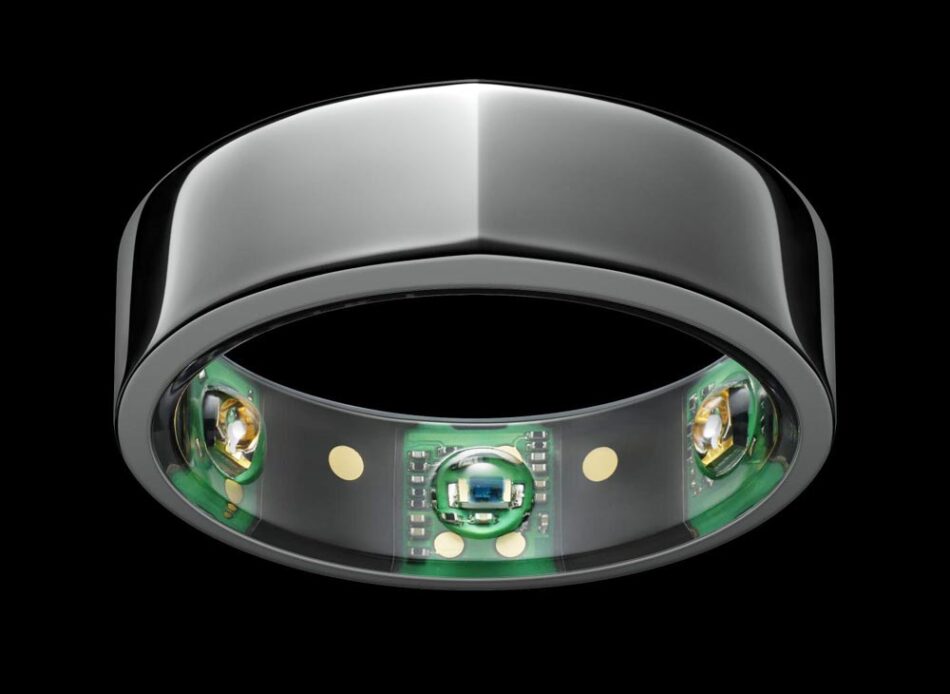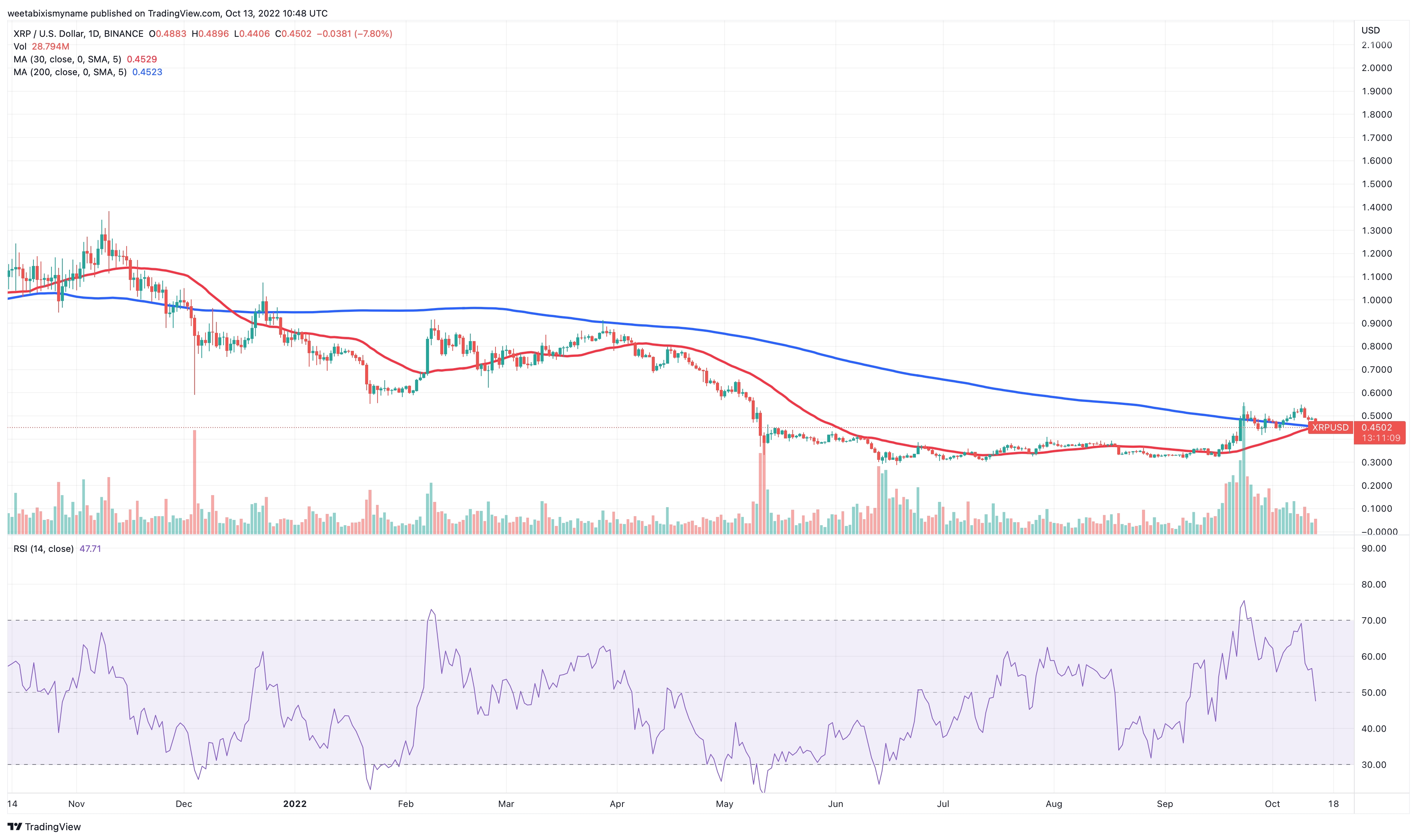Could A Smart Ring Detect Infidelity? Exploring The Technology

Table of Contents
H2: Smart Ring Capabilities and Data Collection
Smart rings, increasingly popular wearable devices, offer a range of features beyond simply telling time. They collect various data points through embedded sensors, potentially painting a picture of the wearer's daily activities. This data collection forms the basis of any discussion about infidelity detection.
- Types of Data Collected: Smart rings typically collect data such as location (via GPS), heart rate, sleep patterns, activity levels (steps taken, calories burned), and even proximity to other devices.
- Relevant Sensors:
- GPS Tracking: Provides location data, potentially revealing unusual travel patterns or late-night whereabouts.
- Proximity Sensors: Can detect if the wearer is near other devices, potentially suggesting interactions with other people.
- Heart Rate Monitor: Could theoretically show elevated heart rates during potentially compromising situations, though this is highly unreliable.
- Accuracy and Limitations: The accuracy of this data varies significantly depending on the specific smart ring model, GPS signal strength, and environmental factors. There's a considerable risk of both false positives (interpreting innocent data as suspicious) and false negatives (missing actual signs of infidelity). Oura Ring, for example, focuses on sleep and activity, while others prioritize fitness tracking; the data collected thus differs significantly.
H2: The Potential for Detecting Infidelity (with caveats)
While the data collected by a smart ring could be interpreted as indicative of infidelity, it's crucial to understand the highly circumstantial nature of such interpretations. Correlation does not equal causation.
- Potential Indicators (Highly Circumstantial):
- Unusual Location Data: Late-night visits to unfamiliar locations could be suspicious, but equally could be due to work or a legitimate social event.
- Late-Night Activity Spikes: Increased activity levels late at night might suggest clandestine meetings, but could also indicate a late-night workout or an urgent errand.
- Changes in Heart Rate Patterns: While significant and consistent changes might be noteworthy, interpreting subtle variations as indicators of infidelity is unreliable and prone to misinterpretation.
- Misleading Data:
- Business Trips: Legitimate business travel would show location data far from home, potentially raising false alarms.
- Late-Night Workouts: Intense physical activity could cause elevated heart rates and late-night activity, easily mistaken for suspicious behavior.
- Privacy Concerns: Using a smart ring to monitor a partner's activities raises significant privacy concerns and has the potential for misuse and abuse.
H2: Technological Limitations and Privacy Concerns
The technology behind smart rings presents substantial limitations in accurately detecting infidelity, making their use for this purpose highly unreliable.
- Technical Limitations:
- Battery Life: Limited battery life can result in gaps in data collection, hindering accurate tracking.
- GPS Accuracy: GPS signals can be weak or unavailable in certain locations, resulting in inaccurate location data.
- Data Manipulation: Data from the smart ring could be manipulated or spoofed, rendering it untrustworthy as evidence.
- Ethical and Legal Considerations:
- Consent: Using a smart ring to monitor someone without their explicit consent is a serious breach of privacy and could have significant legal repercussions.
- Abuse: This technology has the potential to be used to control or manipulate a partner, rather than to uncover infidelity.
- Legal Ramifications: Using data collected without consent could lead to legal action, depending on jurisdiction.
H2: Alternative Methods of Addressing Relationship Concerns
Rather than relying on technology to monitor a partner, addressing relationship concerns requires a different approach that prioritizes open communication and trust.
-
Healthy Communication: Open and honest dialogue is paramount in any relationship. Discussing concerns directly, with empathy and respect, is far more effective than using technology to spy on a partner.
-
Professional Help: Seeking guidance from a therapist or counselor can provide invaluable support and tools for navigating relationship challenges.
-
Building Trust: A strong relationship is built on mutual respect, trust, and open communication – not surveillance technology.
-
Resources: Many online resources offer relationship advice and guidance, while professional therapists can provide personalized support.
3. Conclusion
While a smart ring can collect data that might be subjectively interpreted as suspicious, it cannot definitively detect infidelity. The technology's inherent limitations, susceptibility to misinterpretation, and serious ethical considerations render it unsuitable for this purpose. The question, "Could a smart ring detect infidelity?" is best answered with a resounding "no." Instead of relying on technology for answers, focus on strengthening your relationship through open communication, trust, and, when necessary, professional guidance. Building a healthy relationship is far more effective than using technology to monitor a partner.

Featured Posts
-
 Bbc Two Hd Tv Guide Find Newsround Listings
May 02, 2025
Bbc Two Hd Tv Guide Find Newsround Listings
May 02, 2025 -
 Ripple Wins Reduced Sec Settlement Xrp Price Prediction And Future Outlook
May 02, 2025
Ripple Wins Reduced Sec Settlement Xrp Price Prediction And Future Outlook
May 02, 2025 -
 Fortnite Downtime Update 34 20 Release Server Status And News
May 02, 2025
Fortnite Downtime Update 34 20 Release Server Status And News
May 02, 2025 -
 Abu Jinapor Addresses Npps Unforeseen 2024 Election Failure
May 02, 2025
Abu Jinapor Addresses Npps Unforeseen 2024 Election Failure
May 02, 2025 -
 Rugby World Cup Duponts 11th Conduct Performance Leads France To Victory
May 02, 2025
Rugby World Cup Duponts 11th Conduct Performance Leads France To Victory
May 02, 2025
